Every year, millions of animals embark on epic journeys across land, sea, and air. These incredible migrations are driven by the need to find food, breed, or escape harsh weather conditions. From tiny insects to massive whales, these travellers overcome incredible obstacles and cover vast distances. Some of these journeys are so spectacular, they’ve become natural wonders in their own right. Here’s a look at 15 of the most amazing animal migrations on our planet, exploring the remarkable abilities and determination of creatures great and small.
Arctic Tern’s Pole-to-Pole Adventure

The Arctic Tern holds the record for the longest migration of any animal. These small seabirds fly from their Arctic breeding grounds to the Antarctic and back each year, covering a staggering 70,000 kilometres. They see more daylight than any other creature on Earth, as they enjoy the summer in both hemispheres. Remarkably, an Arctic Tern may travel the equivalent of three round trips to the Moon over its 30-year lifespan.
Monarch Butterfly’s Multi-Generational Journey
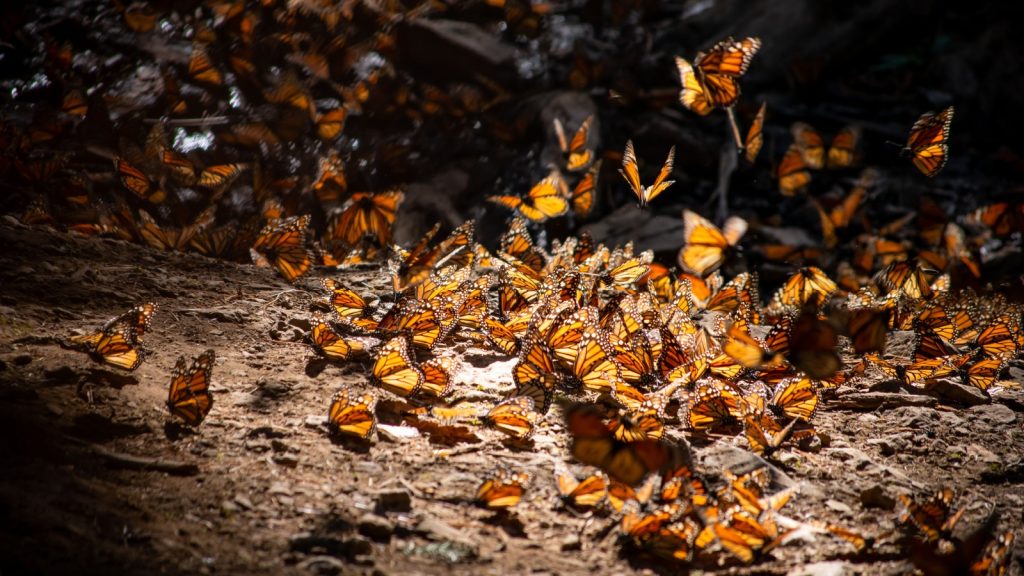
Monarch butterflies undertake a remarkable multi-generational migration. Starting in Mexico, successive generations travel north across North America. The final generation makes the entire return journey south, despite never having been there before. This incredible feat of navigation remains a mystery to scientists. Sadly, monarch populations have declined by more than 80% in recent decades due to habitat loss and climate change.
Wildebeest’s Circular Serengeti Trek

Over two million wildebeest, along with zebras and gazelles, make a circular trek through the Serengeti ecosystem. This continuous journey follows the rains, ensuring access to fresh grass. The dramatic river crossings, where crocodiles lie in wait, are a highlight of this spectacular migration. The thundering hooves of the migrating herds can be heard from miles away and the dust they kick up is visible from space.
Humpback Whale’s Ocean-Spanning Voyage

Humpback whales make one of the longest mammal migrations, travelling up to 25,000 kilometres each year. They feed in polar waters during summer and migrate to tropical or subtropical waters to breed and give birth. Their haunting songs are thought to play a role in this epic journey. Humpbacks can travel continuously for up to 48 days during migration, covering around 5,000 kilometres without stopping to feed.
Christmas Island Red Crab’s Synchronised March

Millions of red crabs on Christmas Island make a synchronised migration to the sea to breed. This crimson wave moves from the forest to the coast, climbing cliffs, crossing roads, and streaming through towns. The spectacle transforms the island and occurs with astonishing precision each year. The migration is so dense that roads are often closed and special crab crossings have been built to protect both crabs and motorists.
Arctic Fox’s Icy Trek

Arctic foxes in Norway and Sweden undertake one of the longest terrestrial migrations for their size. They can travel over 4,500 kilometres across sea ice and tundra in a single year. Their thick fur and compact bodies help them survive in temperatures as low as -50°C during these journeys. One tracked fox covered an average of 46 kilometres per day for 76 days straight, showcasing their incredible endurance.
Leatherback Sea Turtle’s Trans-Pacific Swim

Leatherback sea turtles make the longest migration of any reptile. They cross the entire Pacific Ocean, swimming from Indonesia to the coast of California. This 20,000-kilometre journey takes them through dangerous waters where they face threats from fishing nets and plastic pollution. Leatherbacks can dive to depths of over 1,000 metres and hold their breath for up to 85 minutes during these epic swims.
Bar-Tailed Godwit’s Non-Stop Flight

The bar-tailed godwit makes the longest non-stop flight of any bird. It flies from Alaska to New Zealand without pausing to rest or feed. This incredible 11,000-kilometre journey takes eight days, pushing the limits of avian endurance. To prepare for this gruelling trip, godwits can double their body weight before departure, turning themselves into flying fuel tanks.
Salmon’s Upstream Battle
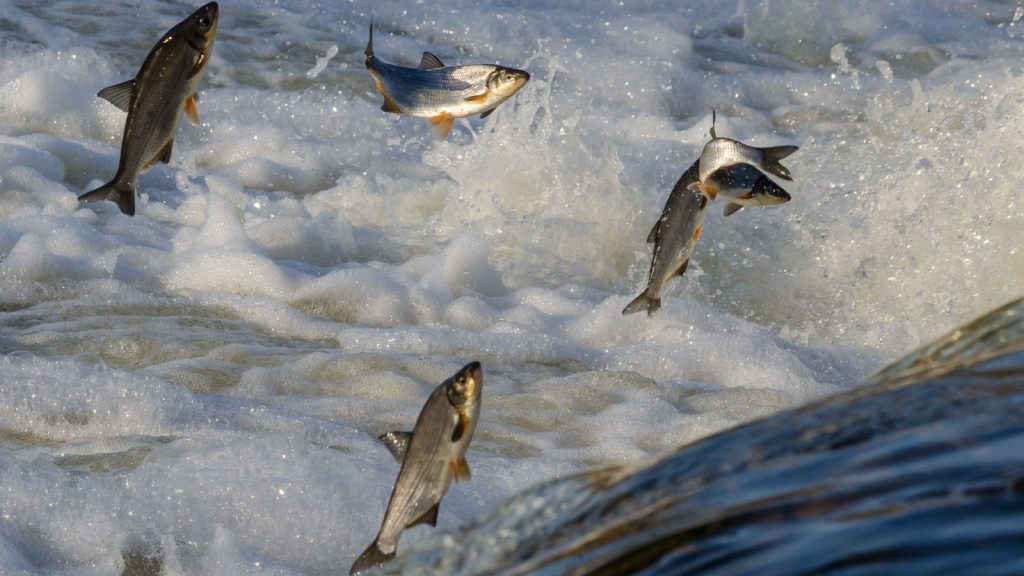
Pacific salmon make an arduous upstream migration to spawn. Born in freshwater, they spend most of their lives at sea before returning to their natal streams. They battle currents, leap up waterfalls, and dodge predators in a journey that ends in reproduction and death. Some salmon can jump more than 3 metres high to clear obstacles in their path, using their powerful tails to propel themselves out of the water.
Dragonfly’s Multigenerational Ocean Crossing

The globe skimmer dragonfly makes an astounding 18,000-kilometre multigenerational migration. They cross the Indian Ocean, taking advantage of monsoon winds. It’s the longest known migration of any insect, with multiple generations completing different legs of the journey. These tiny insects, weighing less than a paperclip, can fly at heights of 6,000 metres and speeds up to 6 metres per second.
Great White Shark’s Trans-Oceanic Voyage

Great white sharks are known to make long-distance migrations across oceans. One female shark was tracked swimming from South Africa to Australia and back, a round trip of 20,000 kilometres. These journeys remain mysterious, with feeding and possibly mating as likely motivations. During these migrations, great whites can dive to depths of 1,200 metres and may swim up to 190 kilometres in a single day.
Sooty Shearwater’s Figure-of-Eight Flight
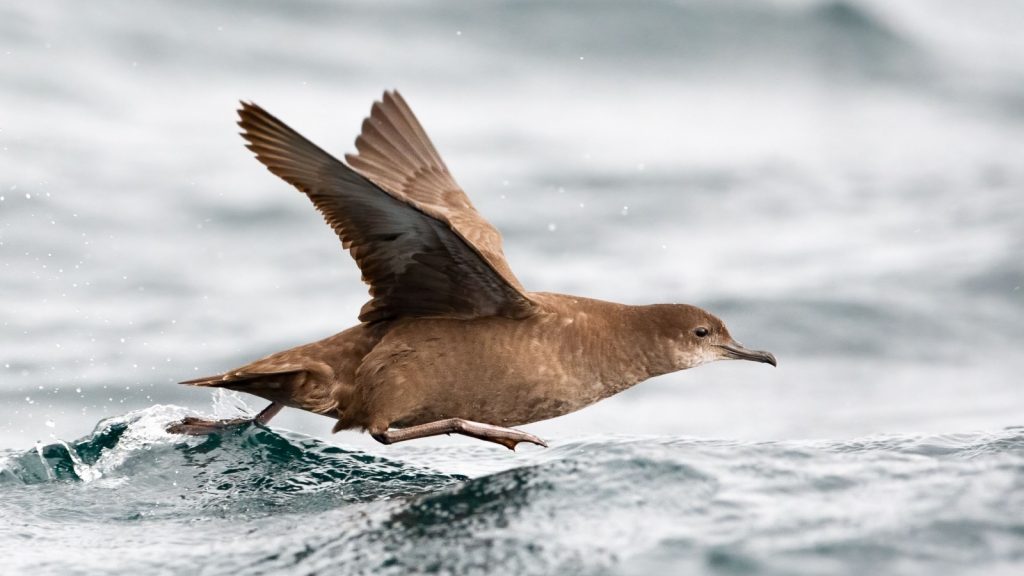
Sooty shearwaters make a figure-of-eight migration pattern over the Pacific Ocean. They breed in New Zealand and Chile, then fly north to feed in the rich waters off Japan, Alaska, and California. This 65,000-kilometre roundtrip is one of the longest migrations of any bird. Sooty shearwaters can cover nearly 1,000 kilometres in a single day during their migration, alternating between rapid flapping and long glides.
Caribou’s Arctic Crossing
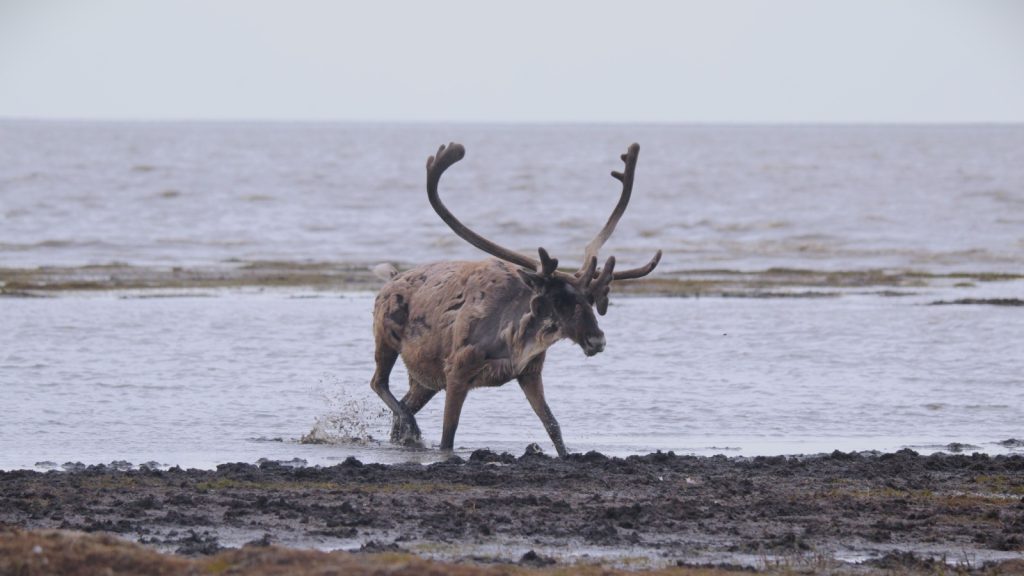
Caribou in North America make one of the longest terrestrial migrations. Herds can travel more than 5,000 kilometres in a year, moving from winter feeding grounds in the boreal forest to summer calving areas on the tundra. Their journey is fraught with dangers, including river crossings and predators. Caribou calves can walk within hours of birth and are able to swim across rivers just a few days later, crucial skills for surviving the migration.
Northern Elephant Seal’s Bi-Annual Voyage
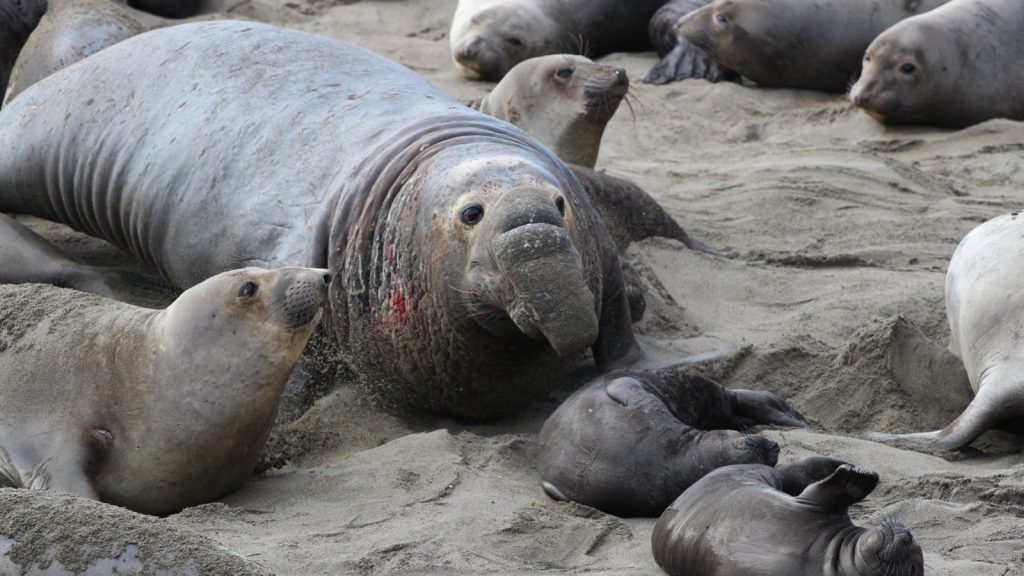
Northern elephant seals make two remarkable migrations each year. They travel from their breeding grounds in California and Mexico to feeding areas in the North Pacific. These journeys can cover 21,000 kilometres annually, with the seals spending months at sea. During these trips, elephant seals can dive to depths of over 1,500 metres and stay underwater for up to two hours at a time.
Painted Lady Butterfly’s Multigenerational Marathon

The painted lady butterfly undertakes a multigenerational migration between North Africa and the Arctic Circle. This 15,000-kilometre round trip involves up to six generations. It’s the longest known butterfly migration, outstripping even the famous monarch butterfly journey. Painted ladies can fly at speeds of nearly 30 miles per hour and at altitudes of up to 1,000 metres, often riding warm air currents to conserve energy during their long flights.
Katy Willis is a writer, master herbalist, master gardener, and certified canine nutritionist who has been writing since 2002. She’s finds joy in learning new and interesting things, and finds history, science, and nature endlessly fascinating.

